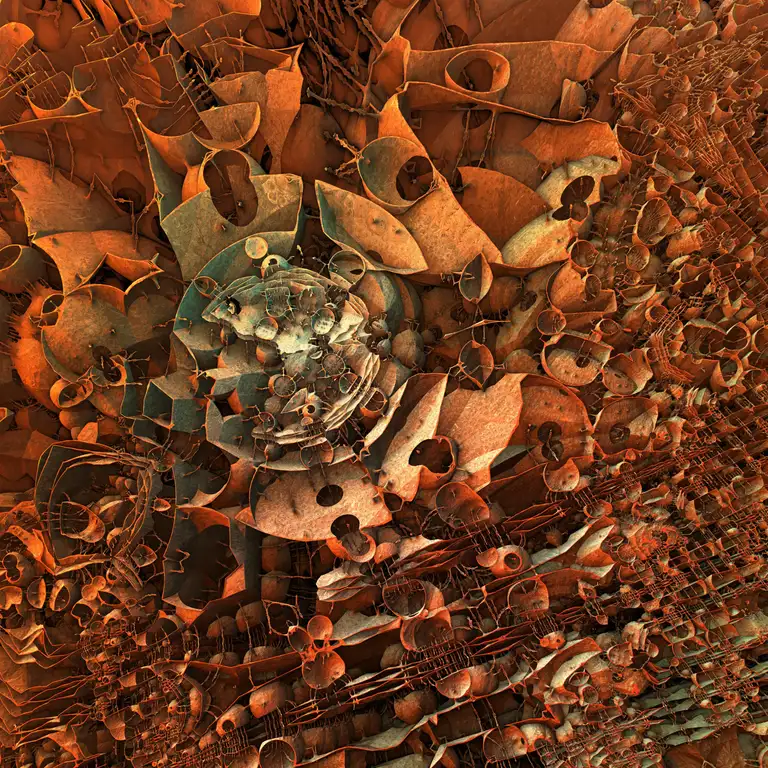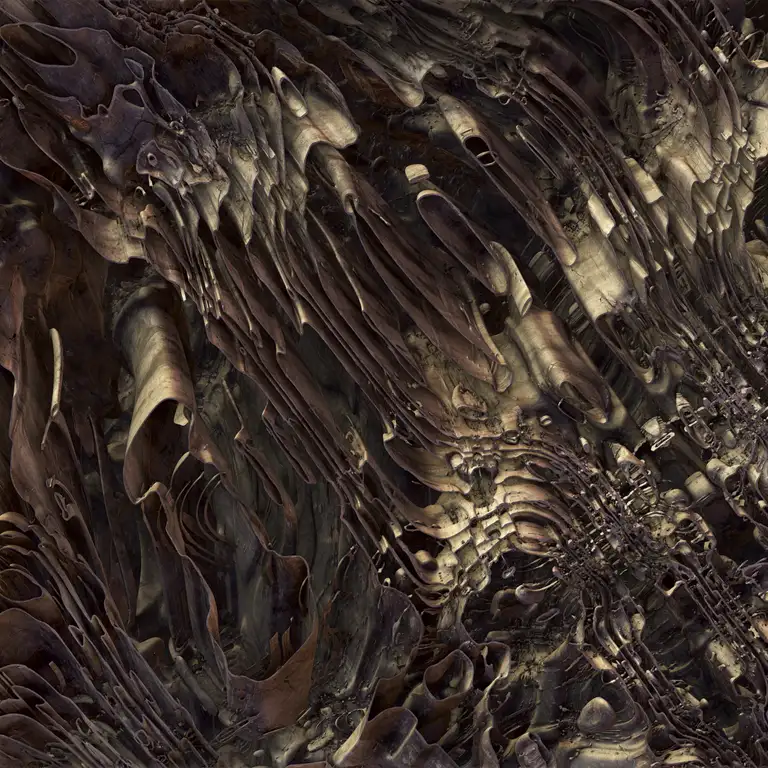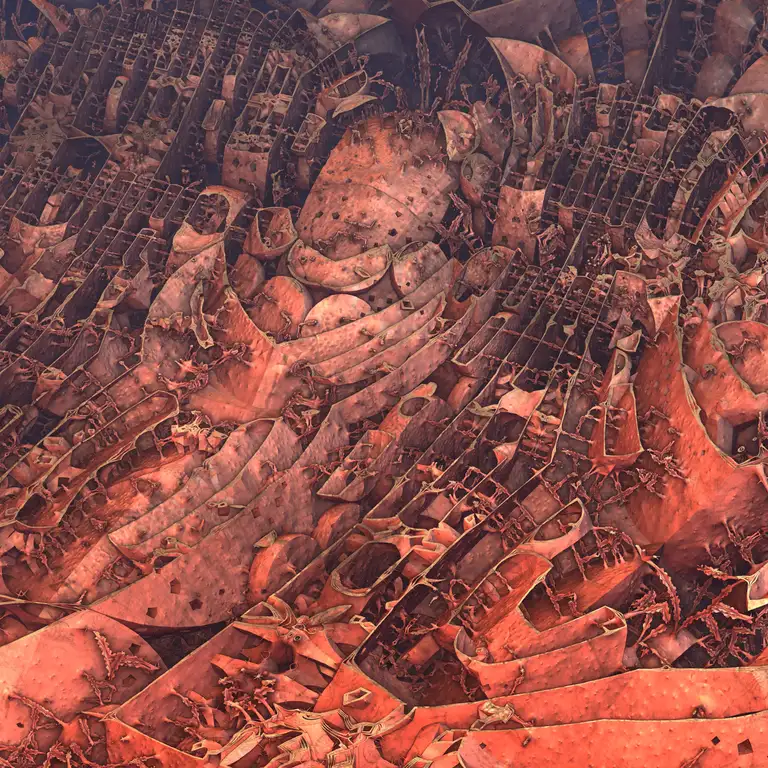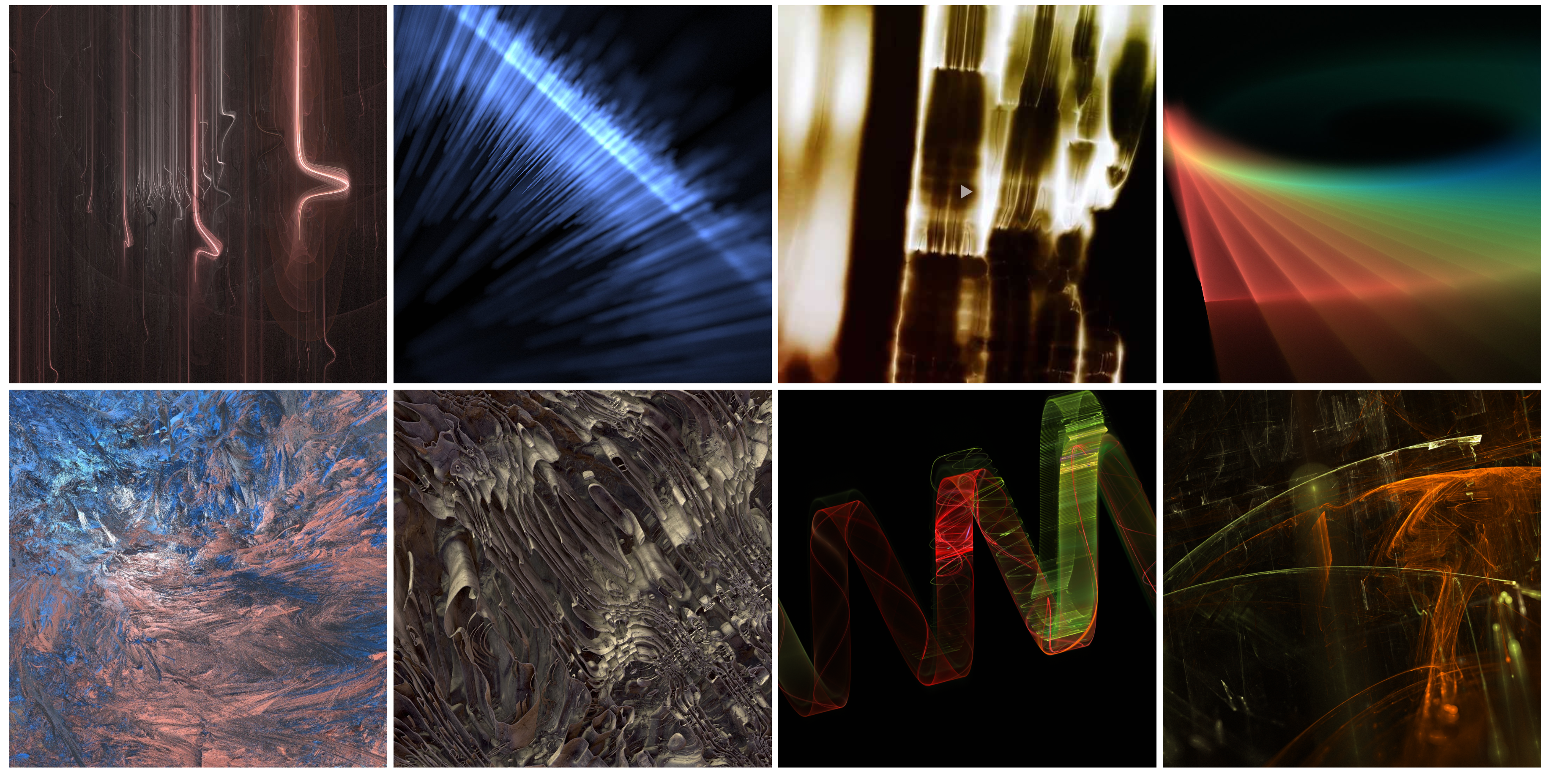Exploratory Art of Daniel Sandner
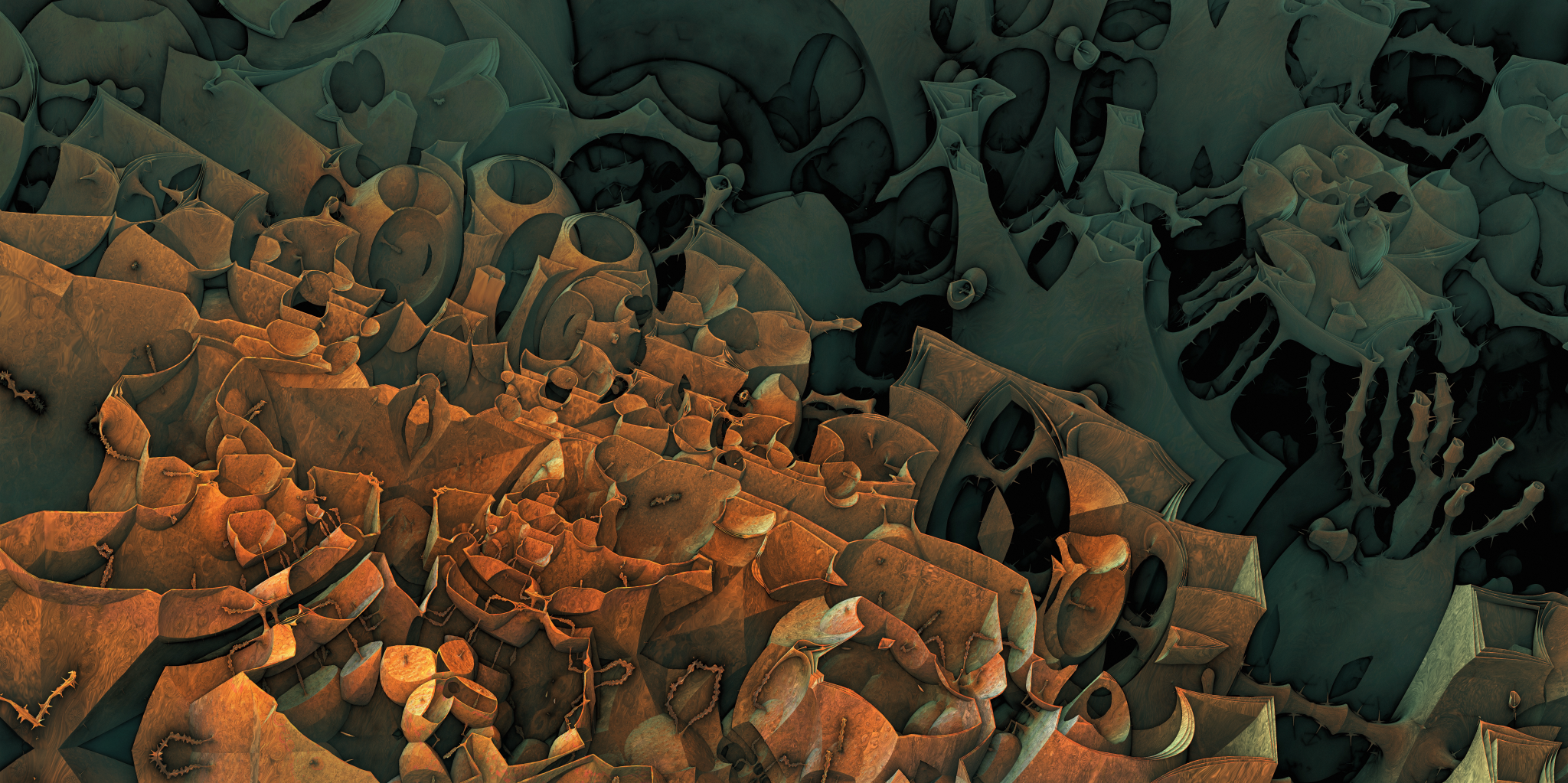
An Interview With Digital Artist | What level of creative control is the decisive factor in the final artwork?
Step into the world of Daniel Sandner's digital art, where creativity, science, and technology collide in perfect harmony. Discover the latest artistic and research projects, from computer graphics and data science to virtual and augmented reality, philosophy of art, art theory, multimedia, music, and sound design. With an experience in digital painting and sculpture, Sandner's unique style is distinguishable across various media, including algorithmic abstract forms that push the boundaries of exploratory art. In this article, Sandner takes us on a journey through the world of algorithmic art, exploring the creative process, the role of science as inspiration, and the stunning works currently on display in his exhibition. So buckle up and get ready to be transported into a realm of unparalleled beauty and innovation.
As art is dependent on context it also encases aesthetic merit and it is wired directly into deeper thought. Daniel Sandner has been creating his digital paintings and sculptures for twenty years, but he avoided abstract art most of the time. The recent works, on the other hand, dwell in the realm of algorithmic abstract forms. Regardless, his unique style is distinguishable in diverse media.
What Is Algorithmic Art?
It is a form of digital art, generated or augmented with algorithms. In my case, the forms are created by subsequent and interconnected formulas, developing the structure of the virtual entity. The final object is then rendered into point clouds, resembling 3D models.
What do I mean by the term "exploratory" art? It is experimental research of new areas in artistic expression. In the case of algorithmic art, the subject is in a way a natural form. It inherits and derives its features from equations and mathematical formulas.
We can say we are looking at natural phenomena, even if artificially created. The final artwork is a combination of sculpture, mathematical graph, rendering, photography, and digital painting.
Is algorithmic art a modern art form? In a sense, ancient ornamental designs used a similar approach. Sacred geometry was also generated by an algorithm. What diversifies contemporary generative and algorithmic art is the use of a computer as an effective tool.
Concepts: Why Did You Choose Digital Media?
The technology was radically new and assumed innovative styles of work. At the time it was rapidly growing, and the technology is evolving ever since. To this day it allows me to develop and explore new methods.
Virtual sculptures and parametrically defined scenes are also a great starting point for video art and animations.
Computer graphics is an exciting area of research. It is by no means exhausting its momentum, and it is not showing any signs of slowing down in development. It is a great opportunity for an artist to invent new techniques and reinvent the classical ones.
Techniques: What Is Your Creative Process Like?
I like to work with iterative function systems and three-dimensional forms of the Mandelbrot set, which were discovered only recently. Since the scientific study in this area is s still ongoing, you may say it is a branch of exploratory science and art.
For creating and editing, I use experimental software, preferably an open-source one.
Working with the digital medium has its rewards and its challenges. One of the challenges was the suitable output for an artistic medium. Since the subject is computer-generated, the display onscreen or projection was presenting itself. Most of my sculptures and their properties are also animatable — what you see in the final image is just a slice in time and space.
I am sculpting virtual space with layered formulas, instead of hammers and chisels.
For a long time, I was trying to find the proper graphic representation and medium for limited or rare art prints. Now I am experimenting with distinctive ways of printing on metal.
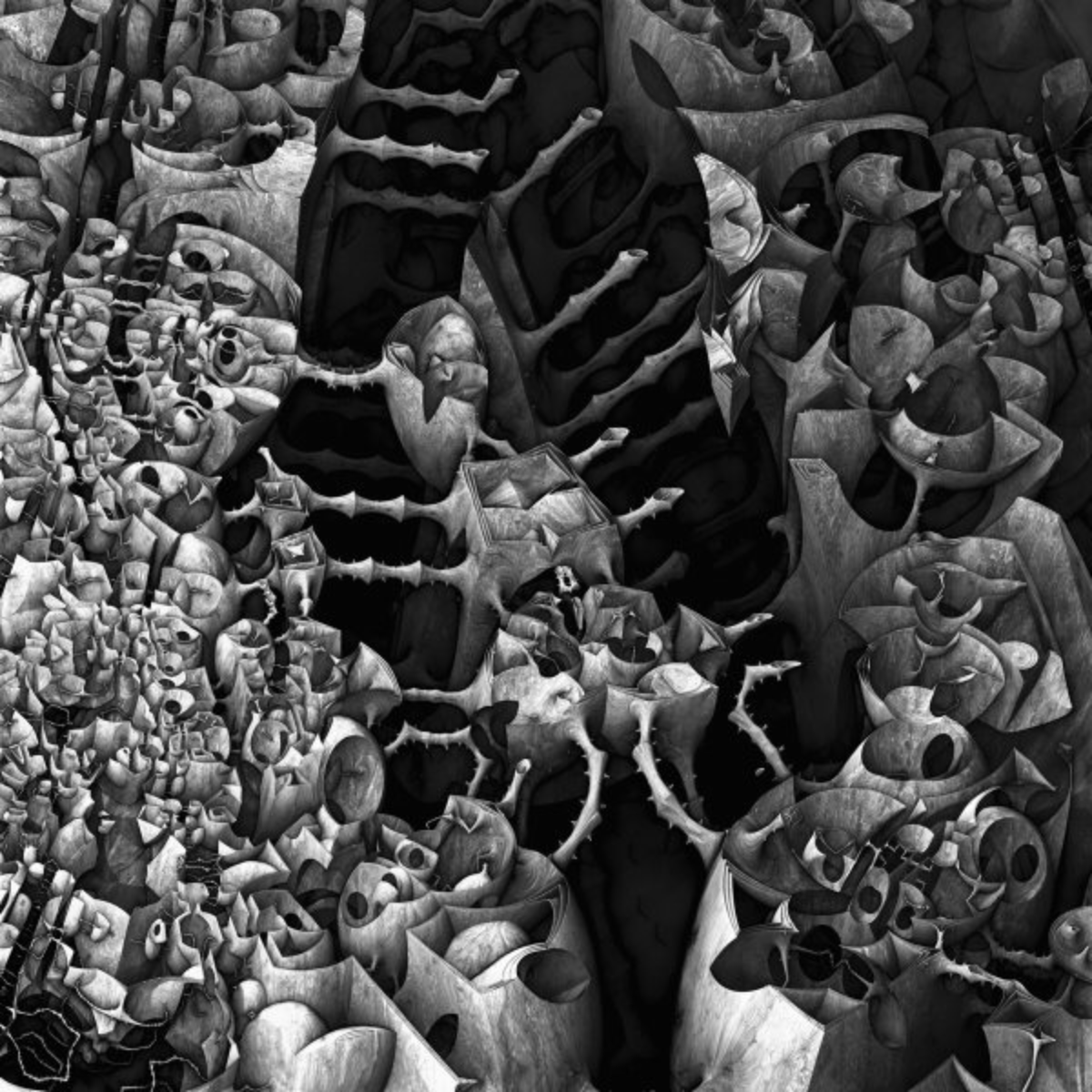
What Draws You to Science as a Source of Inspiration for Your Art?
Science has often been a source of inspiration for artists throughout history, as was art inspiration for a scientist. Art and science have always had a symbiotic relationship, with each inspiring and influencing the other throughout history. And both were aspiring for spiritual and intellectual goals. The division came much later.
Developing Subjects of Art
I find inspiration in mathematical concepts, natural shapes, data visualization techniques, artificial intelligence, and computational photography. As an artist, I am also exploring and studying art history and the development of visual techniques. The artworks featured in this exhibition are essentially algorithmically generated sculptures, presented in the form of 2D art prints.
Such a sculpture reveals a form that is ephemeral by itself. The geometric model consists of billions of particles in the cloud. The form is a 3D graph of interconnected functions and formulas, creating an illusion of solid shapes. Our brain is trying to decode a signal even from a very limited set of information.
Algorithmic art does not necessarily need to be an abstract piece.
I am constantly moving between computer science, graphics art, and other scientific fields depending on the subject of the artwork. For example, there is an intriguing connection between 3D sets and quantum physics. The perception of artworks also tackles the realm of neurosciences.
What You Can See at Exhibition
Digital paintings and combined 2D/3D artworks by Daniel Sandner were exhibited in various gallery spaces in Prague and Teplice (Czech Republic). This unique algorithmic art is exhibited for the first time in an unusual medium — stainless steel print.
Where We Can See the Art Prints?
You may see the exclusive giclee art prints this year during the event Exhibition of Czech Artists. The exhibition takes place from Jun 20 to Oct 31 2022 in Ausstellungszentrum Böttcherfabrik in Pobershau, Saxony (DE).
You will find out more about the experimental techniques in my articles about IFS, nonlinear mathematics, and hypercomplex structures of 3D sets.
